The Ultimate Guide to Electric Car Maintenance & Modification
Car modding is a popular pastime for all kinds of drivers, and just because your car is eco-friendly, it doesn’t mean you can’t stamp your mark on it – quite literally, in the case of electric vehicle wrapping.
But there are many other methods of electric car modification to consider too, and at The Vehicle Wrapping Centre in Leeds, we offer electric vehicle detailing services to keep your bodywork looking at its best, along with customisations like window tinting, light tinting and bespoke alloy wheels for electric cars.
If you can get your vehicle to us, we can work on it. The Vehicle Wrapping Centre is within easy reach of the M1 for customers from the north and south, and the M62 for customers from the west and east. Take a look at our coverage areas for more details, including vehicle transportation services and courtesy car options.
What are electric cars?
Electric cars are, by definition, cars that run on electricity rather than a conventional fuel like petrol or diesel. This typically means there is a bank of batteries somewhere inside the vehicle, and you ‘refuel’ by plugging into a mains electricity supply to recharge the batteries.
Some electric vehicles are hybrids. This means that they have both batteries and a conventional engine powered by petrol, diesel or LPG. The combustion engine can charge the batteries and provide additional range or acceleration, whereas the batteries can be used for shorter journeys around town, and in urban speed limit zones where less acceleration is needed.
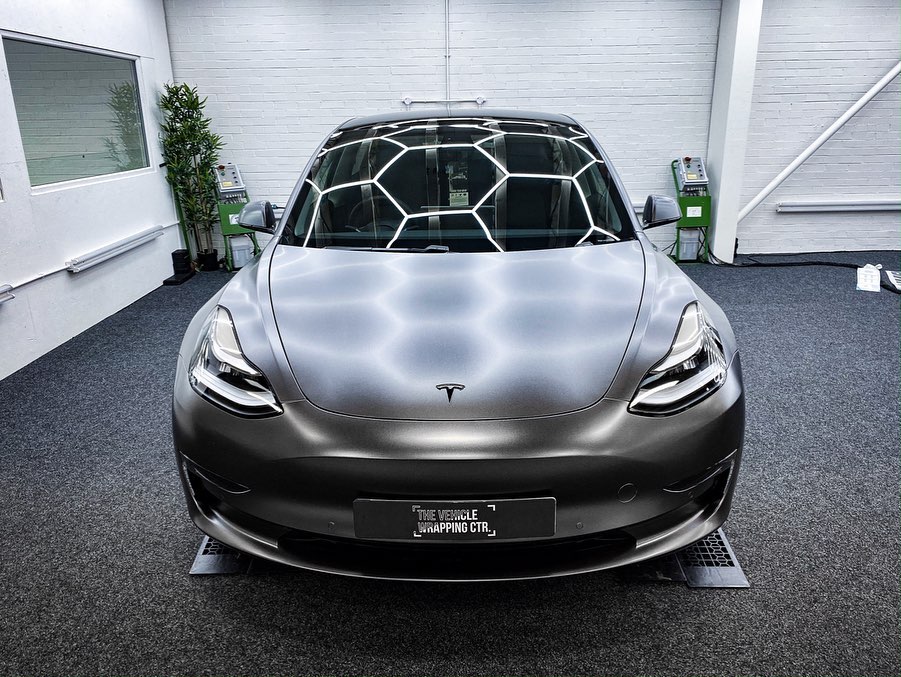
How does an electric car work?
An electric car takes its power from the bank of batteries hidden inside it. In most cases, lithium ion batteries are used, including in Tesla electric cars. Nickel metal hydride batteries are also sometimes used, as they provide good energy output compared with their weight.
In the early days of electric vehicles, cars were quite limited in range and acceleration capability. This has all changed in recent years, and the first all-electric supercars have started to emerge, as well as super-efficient electric cars capable of covering many miles on a single charge. With more public recharging infrastructure in towns and cities across the UK, the move towards a mature EV market is well underway.
Focusing on electric car maintenance
Electric car maintenance is similar to conventional vehicle maintenance in many ways. The only significant difference between electric cars and combustion engine vehicles is the way they are powered. Apart from the battery, most electric car components are exactly what you might find on a conventional car.

Battery Maintenance
Battery maintenance is one of the main differences of a Tesla service, or any other brand of electric car. It’s important to check that the battery is still in good condition and capable of holding a full charge, so that your maximum journey range doesn’t drop prematurely.
It’s quite common for the battery to be rented from the manufacturer, even if you own the rest of the vehicle outright, and it’s one of the most common electric car components to need replacing.
Brake Maintenance
Brake maintenance is broadly the same as on any conventional vehicle, and you should regularly check the hydraulic fluid in your brake lines, and the condition of your brake pads.
An exception with EVs is if your car has an energy recovery system attached to the brakes. This recharges the batteries using energy recovered under braking, and should be inspected regularly to make sure it is working properly.
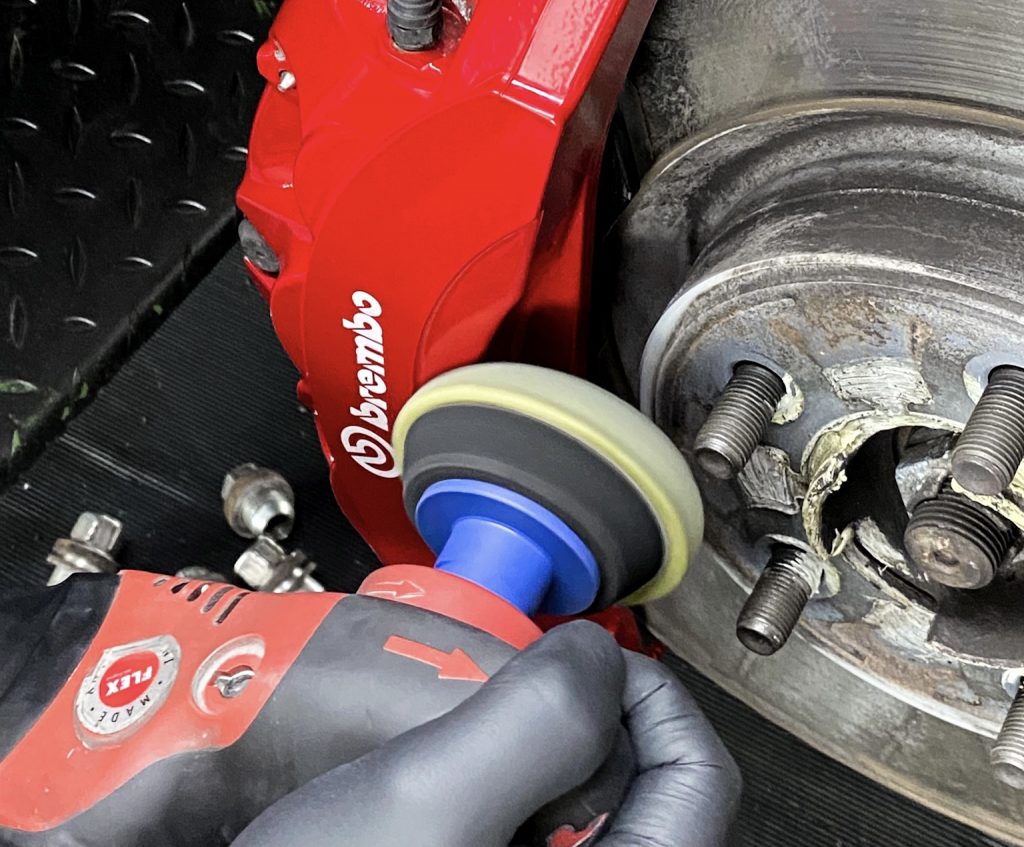
Tyre Care
Electric vehicle tyre care is just as on a conventional vehicle, but you should pay extra attention to any signs of wear and tear. EVs are often quite heavy and that puts extra stress on your rubber. Keep your tyres at the correct pressure, rotate their position on your vehicle in line with the manufacturer’s recommendations, and replace them if the tread starts to wear down to an unsafe level.
Observing the Coolant Level
Electric cars don’t have engine oil in the traditional sense, but they have engine coolant instead. This is essential to prevent the battery from overheating during a long journey, so don’t neglect your coolant maintenance. Follow the instructions in your owner’s manual to check your coolant level, flush it from your system when necessary, and top it up to the correct level for your car.
Can you modify an electric vehicle?
Electric car mods can pose different challenges than a conventional vehicle, but they’re definitely possible — YouTuber Simone Giertz even added a flatbed pickup truck rear to the front half of a Tesla Model 3, mostly just using hand tools and her own ingenuity.
Major reconfiguration of the vehicle can trigger automatic warnings, especially if you change the number of seats or remove seatbelts, but cosmetic alterations should be relatively easy. If you’re not sure, please feel free to contact The Vehicle Wrapping Centre in Leeds and we’ll let you know if your planned electric car mods are likely to prove problematic.
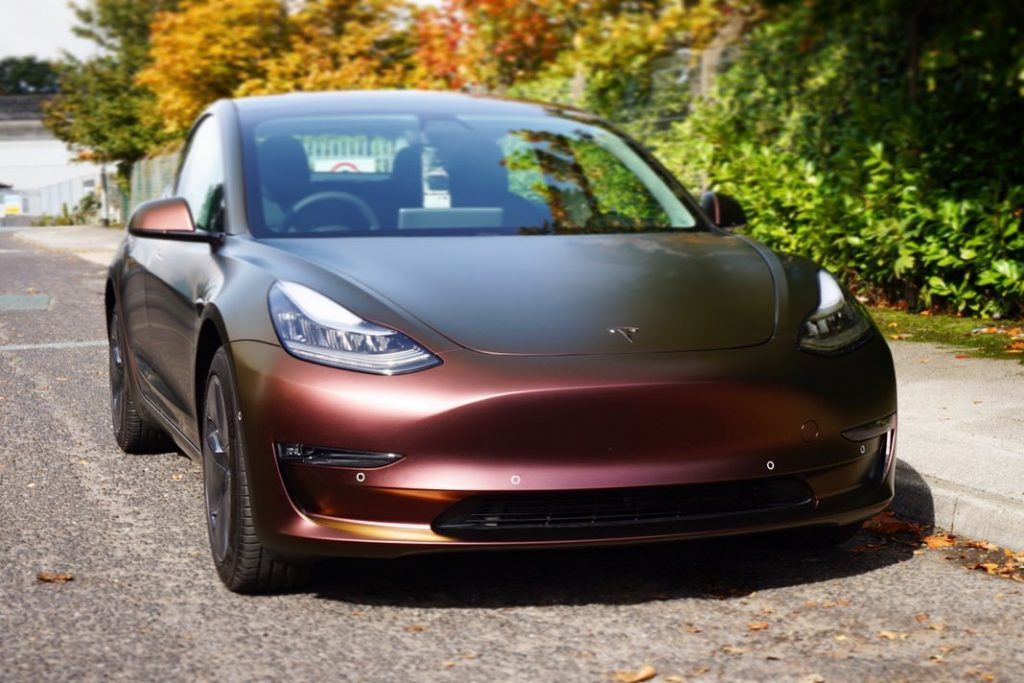
Car Wraps
Electric car wraps are purely cosmetic and should not trigger any of your vehicle’s safety features. We install electric vehicle vinyl wraps to the same high standard as any other vehicle that comes through our doors, finishing off with professional detailing services to leave your newly wrapped electric car gleaming as new.
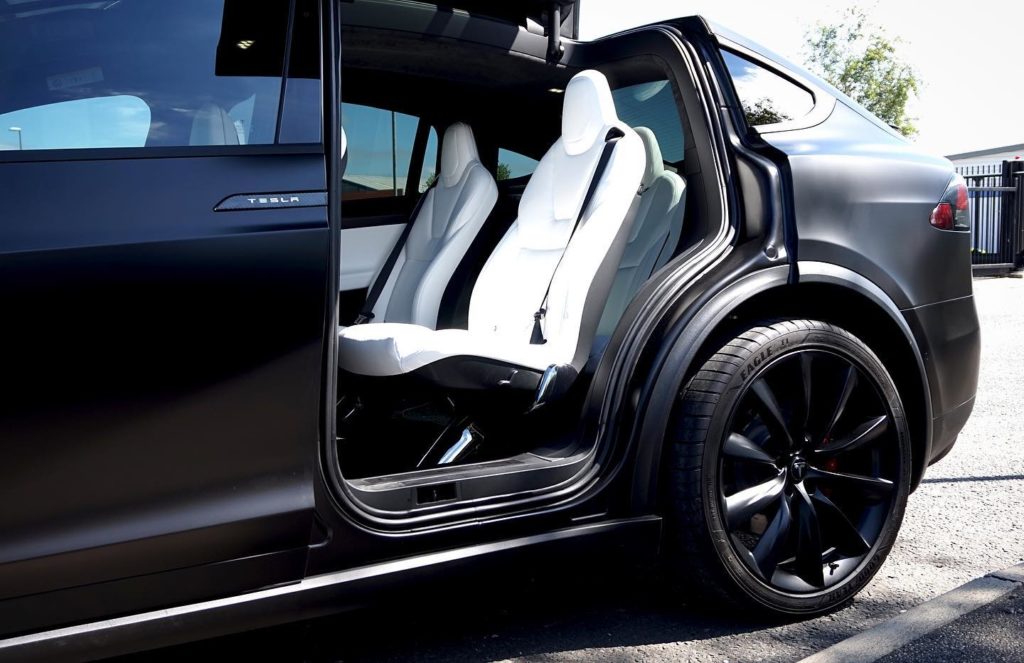
Window Tinting
Electric vehicle window tinting is another cosmetic adjustment that can improve driver and passenger comfort, especially if you feel like your ultra-modern vehicle attracts unwanted attention while driving around. We can tint your front, side and rear windows within legal limits, so there should be no problems down the line.
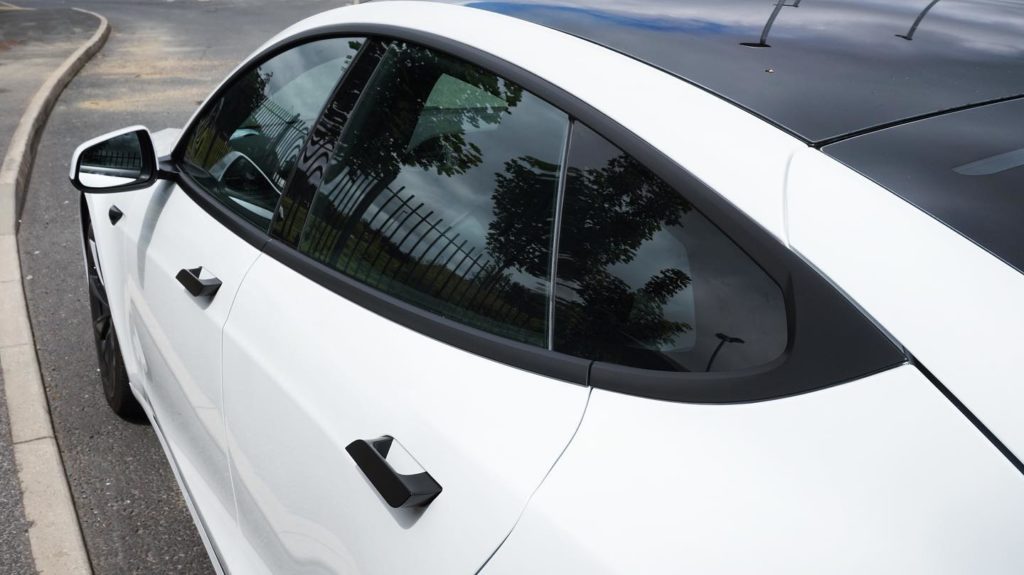
Light Tinting
Light tints for electric cars are a great way to customise your vehicle by changing its appearance in the dark and when signalling to other road users and pedestrians. Again, there are strict rules on acceptable modifications for vehicle lights and indicators, so speak to The Vehicle Wrapping Centre and we can make sure you stay within the regulations.
Bespoke Alloy Wheels
Bespoke alloy wheels can make a mass-produced car truly unique, and although this is more of a physical alteration than a purely cosmetic one, it shouldn’t affect the operation of an electric vehicle, especially if you leave it to the professionals.
Do remember to check with your insurer as custom alloys can affect your cover – you might even want to add separate alloy wheels insurance to your policy, as this can cover repairs and replacement without paying your full car insurance excess in the event of a claim.
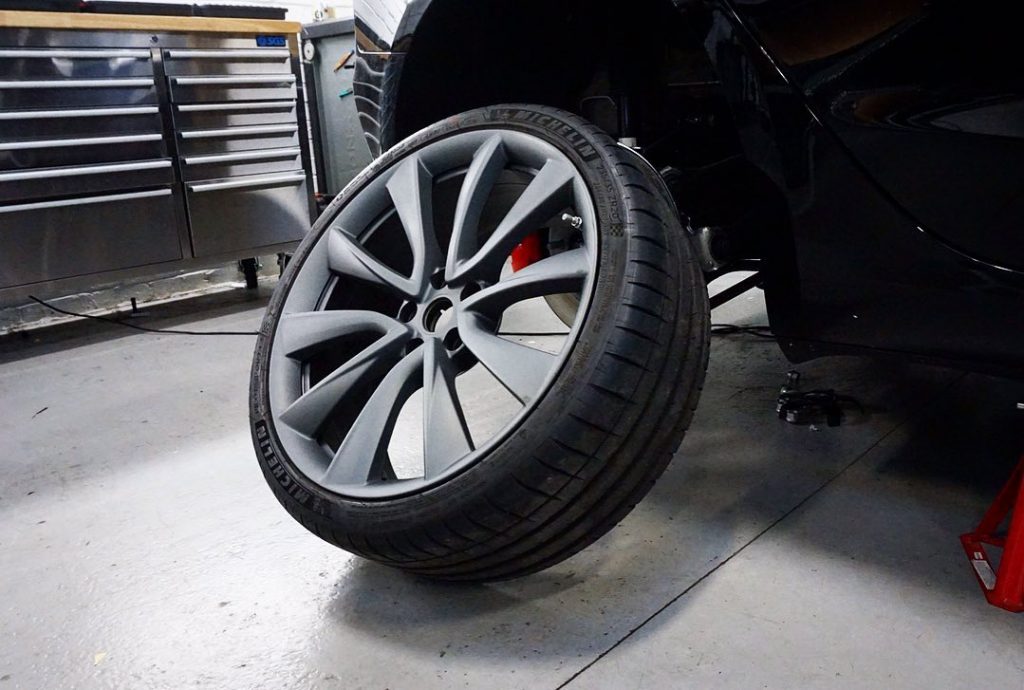
Paint Protection Film
Paint protection film is a sensible investment for any type of vehicle, but especially for a brand new electric car as a way to keep it looking as new, and to protect against any loss of value due to damage to the production line paint job.
The resale market for electric vehicles is bound to grow in the years to come, so protect your investment now and you’ll be set to maximise your sale price when it’s time for you to part-exchange or upgrade to your next electric car.
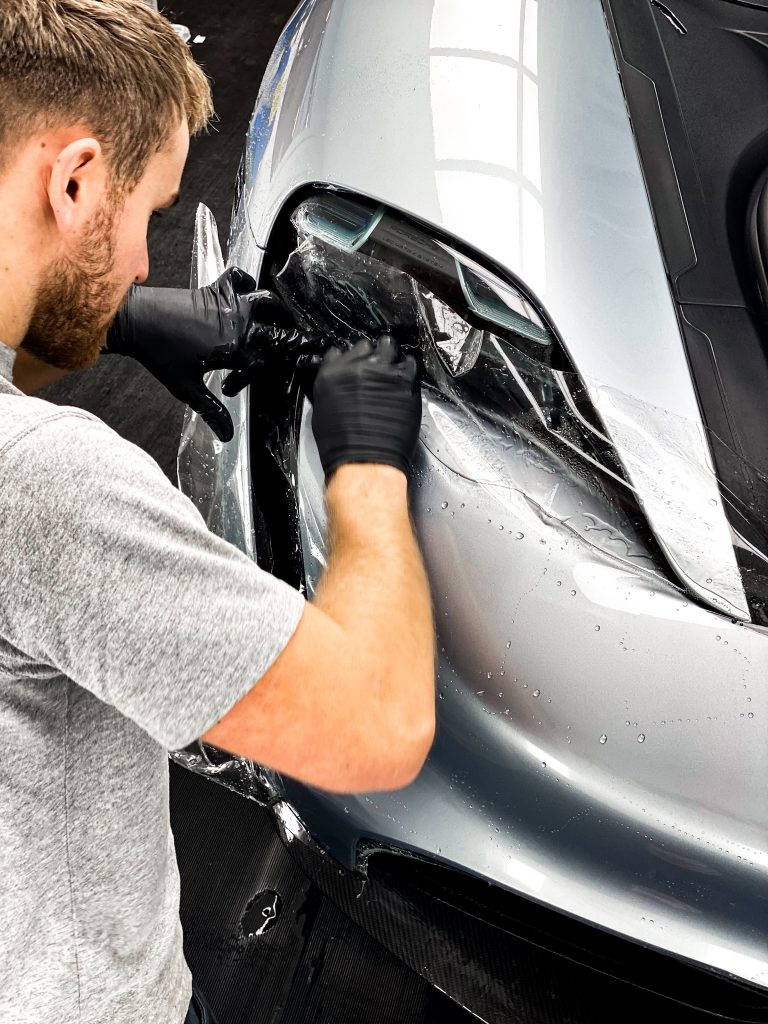
Vehicle Security
Vehicle security is another good way to safeguard against theft, loss or malicious damage to your motor – especially if you’ve installed high-value, desirable electric car modifications to the bodywork or wheels.
An immobiliser stops your car from moving for anyone but the authorised driver, and could mean the difference between waking up to a fully charged EV that’s ready to go, or an empty driveway and an EV that’s already gone.
Why are electric cars a good choice?
Electric cars were inspired by environmental concerns, but they have quickly gone from corduroy to cool. The major manufacturers are increasingly moving production over to hybrid and, ultimately, to pure-electric models, with all the work you might expect to improve handling, performance, comfort and aesthetics.
Brand new combustion engine vehicles are already set to be phased out in the not-too-distant future, and the second-hand market will fade over time too.
By opting for all-electric now, you can get in on the ground floor, get the benefit of cheap recharging at a time when petrol prices are just going up and up, and beat the inevitable high levels of demand for the most desirable models of electric car over the next 5-10 years.
Final thoughts
The days are already behind us when electric cars were boxy, low-power, low-range personal milk floats.
Now they pack a punch and can pull away under pure battery power, even without a hybrid combustion engine under the bonnet. Range is increasing all the time, helped further by the availability of public charging points in town centre car parks and motorway service stations.
A maturing market for EVs means the next inevitable step is electric car modification, as drivers look to add the personal touch to increasingly mass-market models.
It’s no longer enough just to drive an electric car in order to stand out, but with vehicle wraps, light tints and bespoke alloy wheels, you have all the usual options to personalise its appearance and future-proof its resale value at the same time.
